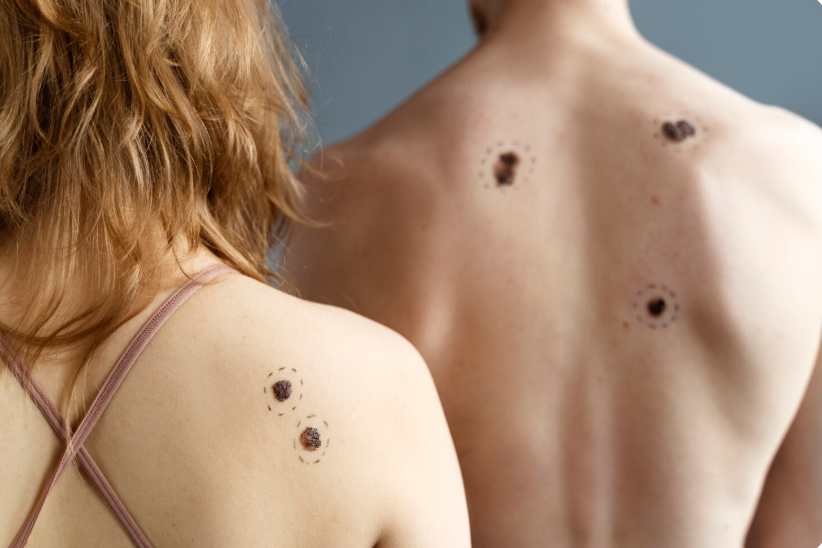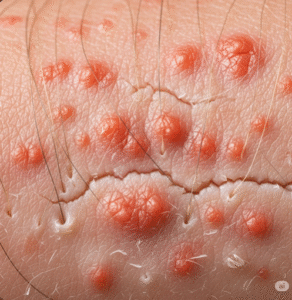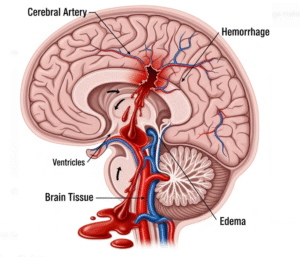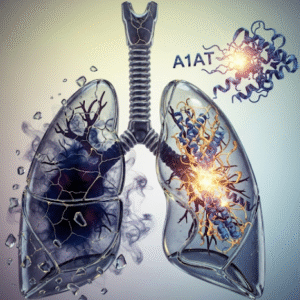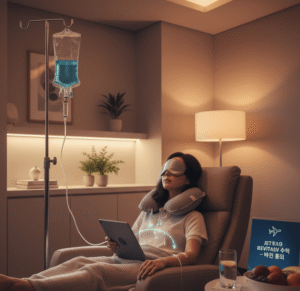Overview
Melanoma is a serious and aggressive form of skin cancer that develops in the melanocytes, the pigment-producing cells responsible for skin color. While it is less common than other skin cancers, melanoma is far more dangerous due to its tendency to spread (metastasize) rapidly to other organs. In Korea, melanoma is relatively rare compared to Western countries, largely because of differences in skin types and sun exposure habits. However, its incidence has been gradually increasing due to lifestyle changes, aging populations, and increased use of tanning. Korea’s advanced dermatology and oncology centers provide state-of-the-art diagnostic imaging, surgical oncology, immunotherapy, and targeted therapy, which significantly improve patient outcomes.
What is Melanoma?
Melanoma is a malignant tumor of melanocytes that most commonly appears on the skin but can also occur in the eyes (ocular melanoma), mucous membranes, or under the nails (acral melanoma). In Asian populations, acral lentiginous melanoma (ALM) is the most common subtype, often developing on the palms, soles, or under the nails.
Symptoms
- New mole or pigmented spot that looks unusual
- A mole that changes in size, color, or shape
- Irregular, ragged, or asymmetrical borders on a mole
- Multiple colors within a mole (brown, black, red, white, or blue)
- Itching, tenderness, or bleeding from a mole or lesion
- Dark streaks under the nails (common in acral melanoma)
Causes
- DNA damage in melanocytes due to ultraviolet (UV) radiation exposure
- Genetic mutations affecting skin cell growth
- Weakened immune system
Risk Factors
- Fair skin, light hair, and light eye color (less common in Koreans but still relevant)
- Family history of melanoma
- History of severe sunburns or excessive sun exposure
- Use of tanning beds
- Pre-existing atypical moles or many moles
- Age (risk increases with older age)
- Immunosuppression
Complications
- Spread (metastasis) to lymph nodes, lungs, liver, brain, or bones
- Recurrence after treatment
- Significant cosmetic and psychological effects
- Reduced survival if not detected early
Prevention
- Limiting direct sun exposure and avoiding tanning beds
- Regular use of sunscreen (SPF 30 or higher)
- Wearing protective clothing and hats outdoors
- Routine skin checks (self-examination and dermatologist visits)
- Genetic counseling for families with melanoma history
Treatment Options in Korea
Diagnosis
- Dermatoscopy and skin biopsy (gold standard)
- Histopathological examination of suspicious lesions
- Sentinel lymph node biopsy (for staging)
- PET-CT, MRI, or ultrasound for metastasis detection
Medical Treatments
- Immunotherapy (checkpoint inhibitors like pembrolizumab, nivolumab)
- Targeted therapies (for BRAF or MEK mutations)
- Chemotherapy (less common, used in advanced cases)
Surgical or Advanced Therapies
- Wide local excision with safety margins
- Sentinel lymph node dissection if cancer has spread
- Reconstructive surgery for large excisions (using advanced plastic surgery techniques common in Korea)
- Stereotactic radiosurgery or conventional radiotherapy for brain metastasis
- Isolated limb perfusion for advanced melanoma confined to limbs
Rehabilitation and Support
- Post-surgery wound care and scar management
- Psychological counseling for body image and anxiety issues
- Regular follow-up with dermatology and oncology specialists
- Nutritional and lifestyle support to boost immunity

